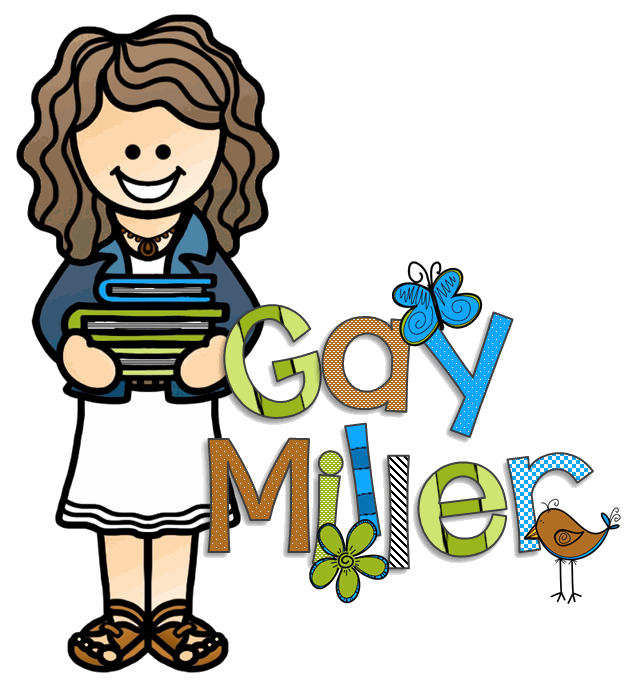
Arbor Day is a special occasion to celebrate the importance of trees and their positive impact on the environment. It’s a time for students to learn about the natural world, reflect on environmental stewardship, and appreciate trees’ beauty and significance. In this post, I’ve compiled a variety of Arbor Day classroom activities designed to help you celebrate with your students while fostering critical thinking, reading, and writing skills.
Lesson Handout
The handout for this blog post is available in the Spring Vault. It includes printables and instructions for all activities listed in this post.
To access this handout and other spring-themed resources, click the button below. Sign up using your email, and we’ll send you the username and password immediately.
Arbor Day Classroom Activities


Activity #1: Arbor Day Video – Two-Part Series
This video is a fantastic way to introduce Arbor Day.
The Story of Arbor Day: How It All Began
The first half of the video provides a brief history of Arbor Day, how it started, and its importance worldwide. J. Sterling Morton, the founder of Arbor Day, recognized the critical role trees play in the environment, and this part of the video highlights his story.
Interactive Quiz Show: Amazing Tree Facts – Can You Guess?
The second half of the video is a quiz show! Students can participate by guessing answers to questions about amazing tree facts. It’s a fun, interactive way for students to learn lesser-known facts about trees, such as how trees communicate through their root systems or which tree is the oldest on Earth.
Activity #2: Picture Books & Constructed Response Organizers

Reading stories about trees brings their importance to life in a meaningful way. The following picture books, paired with constructed response organizers, will help students engage deeply with each story and its environmental message.
“The Lorax” by Dr. Seuss
Students will complete a cause-and-effect chart tracking the actions of the Once-ler and their consequences on the environment. As students watch the Lorax video or read the book, they will see how human actions can directly harm nature.
“Our Tree Named Steve” by Alan Zweibel
This heartwarming story about a family and their unique tree is perfect for creating a timeline of events. Students will build a sequence of the family’s life, highlighting the moments tied to Steve, the tree, and how he became part of their cherished memories.
“The Tree Lady” by H. Joseph Hopkins and “Wangari’s Trees of Peace” by Jeanette Winter
These inspiring books tell the stories of two women who transformed their communities by planting trees. After reading, students will compare Kate Sessions (the “Tree Lady” of San Diego) and Wangari Maathai (Nobel Peace Prize winner from Kenya) using a T-chart. This activity encourages students to analyze different motivations and outcomes from two incredible environmental movements.
“The Giving Tree” by Shel Silverstein
This classic story about giving and selflessness is a favorite for many students. I’ve included two printables:
- Understanding the Themes of The Giving Tree: Students will analyze the central themes and lessons of the story, reflecting on the relationship between the boy and the tree.
- Writing a Poem Based on The Giving Tree: Using guiding questions, students will write their own simple poems, inspired by the themes of giving, love, and selflessness.
Activity #3: Animated Short – “Origin”


Origin is a beautiful CGI animated short film about cooperation and balance in nature. Two gods (a sun god and a water goddess) try to nurture a plant on their own but ultimately realize they need each other’s help. This activity includes a printable with questions to help students reflect on the film’s cooperation themes and the consequences of arrogance.
Activity #4: Deciduous vs. Evergreen Trees T-Chart

In this fun sorting activity, students will explore the differences between deciduous and evergreen trees by matching phrases to the correct category in a T-chart. It’s an easy way to reinforce science concepts while celebrating nature.
Activity #5: Figurative Language – Tree-Related Phrases

Did you know that many figurative expressions are based on trees and plants? In this activity, students will study 24 figurative language phrases, matching each to its meaning. The phrases—such as “barking up the wrong tree” and “can’t see the forest for the trees”—will challenge students to think creatively about language. The cards are flexible. You can use them as a small group matching activity or turn the cards into a fun center activity, like Memory, where students try to match the phrases with their definitions.
These Arbor Day activities will not only help students learn about the significance of trees but will also strengthen their reading, writing, and critical thinking skills.
Didn’t catch the link for the handouts earlier? No worries! Click the button below to access the handout and other spring-themed resources. By signing up for our newsletter, you’ll get instant access to these materials and stay updated with our latest educational content.


